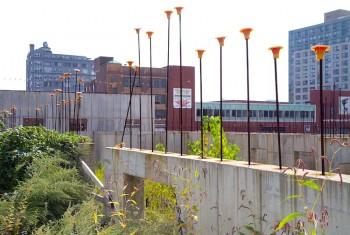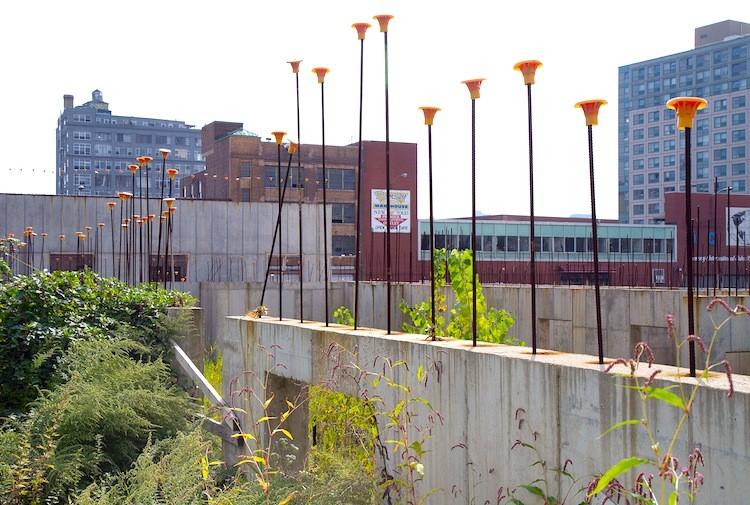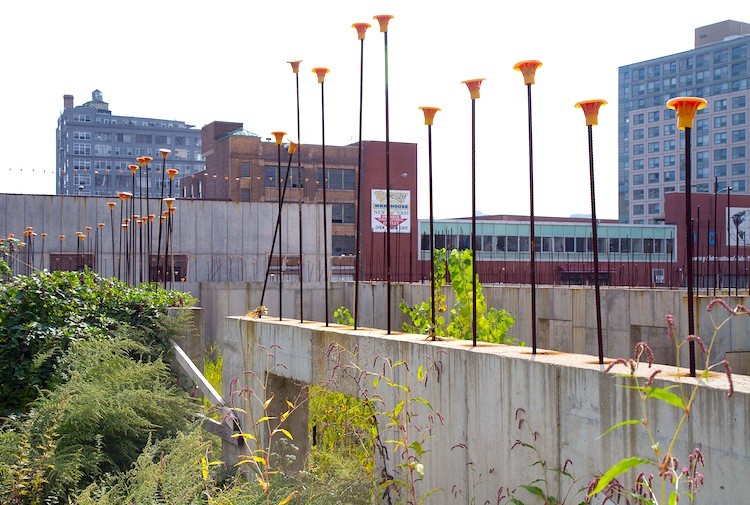Economic Downturn Breeds Stalled Construction Sites
The recession dried up the funds needed to keep cranes running and construction workers on job sites; leaving the city littered with half-finished projects, scaffolding, deteriorating fences, and obstructed sidewalks and streets.

A stalled construction site at the corner of South Eighth Street and Kent Street in Williamsburg, Brooklyn, inactive since 2009. Tara MacIsaac/The Epoch Times
|Updated:






